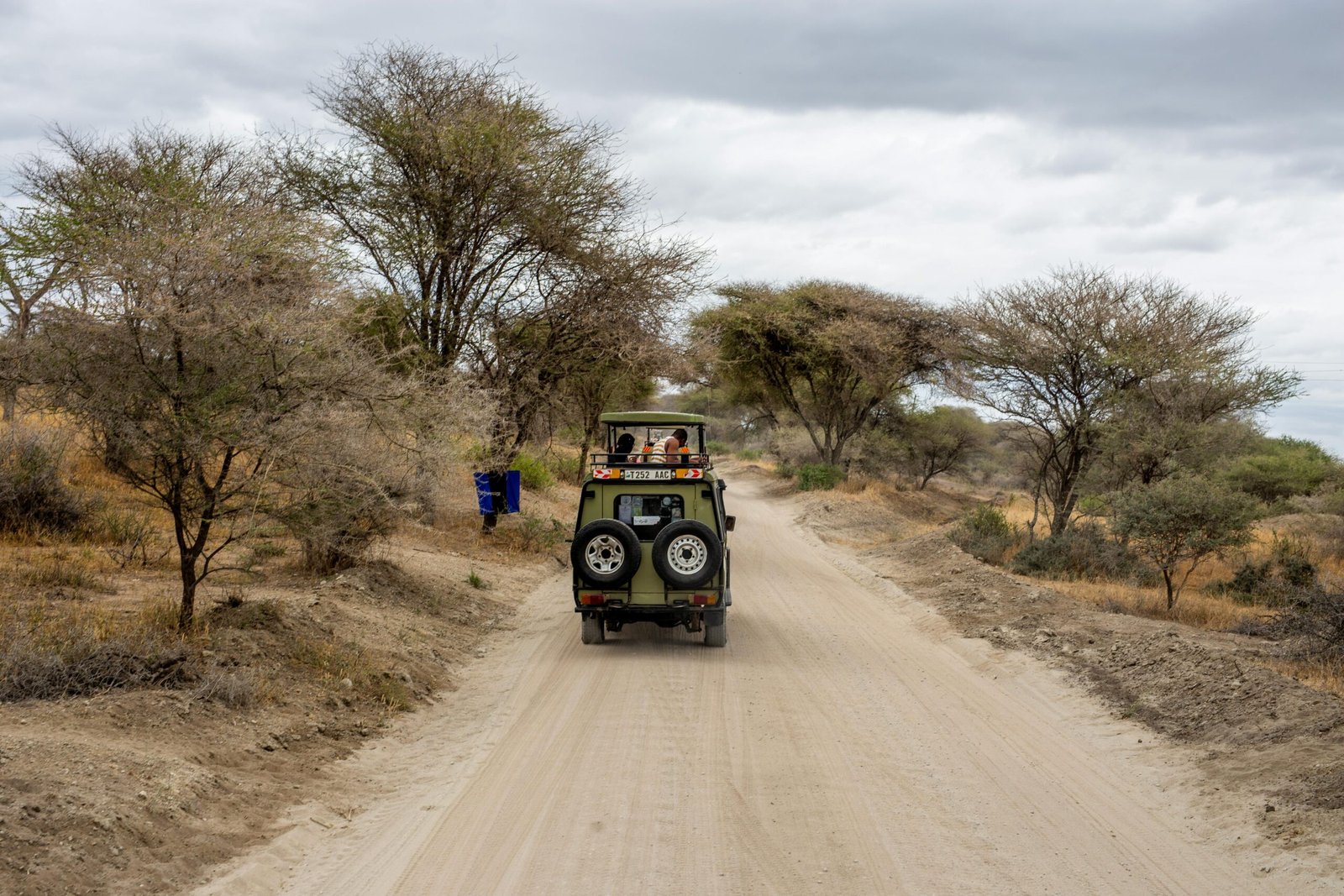
Beyond the Wildlife: Discovering the Soul of Tanzanian Culture
Tanzania is a land that captures the imagination—home to the Serengeti’s thundering wildebeest migration, the majestic peaks of Mount Kilimanjaro, and the palm-fringed beaches of Zanzibar. Most travelers come chasing iconic wildlife and postcard-perfect views, but those who dig deeper quickly discover that Tanzania’s greatest treasure lies not only in its landscapes, but in its people and culture.
To truly experience Tanzania is to move beyond the game drives and mountain hikes, and step into the everyday rhythm of its communities, the heartbeat of its traditions, and the warmth of its diverse peoples. Here’s a journey through the cultural soul of Tanzania—one that will enrich your understanding, spark meaningful connections, and leave you with stories far more personal than the roar of lions.
A Cultural Mosaic of Over 120 Tribes
Tanzania is a cultural tapestry woven from over 120 ethnic groups, each with its own language, customs, attire, and oral traditions. Remarkably, despite this diversity, the country has maintained a strong sense of national unity, in part thanks to the common use of Swahili, which bridges linguistic divides across rural and urban areas.
From the pastoral Maasai of the northern savannahs to the matrilineal Makonde in the south, and from the island-dwelling Swahili Arabs of Zanzibar to the proud Chagga of Kilimanjaro’s slopes, Tanzania’s people represent an extraordinary range of lifestyles and cultural expressions. Every region offers a different lens into what it means to be Tanzanian.
The Warmth of Tanzanian Hospitality
One of the most memorable aspects of visiting Tanzania is the genuine warmth and hospitality of its people. Known locally as “karibu culture” (karibu meaning “welcome” in Swahili), Tanzanians are renowned for their openness, politeness, and desire to connect with visitors.
Don’t be surprised if you’re invited into a family home for a cup of spiced chai, or if a shopkeeper strikes up a friendly conversation. Greetings are taken seriously here—expect a hearty handshake and a sincere inquiry about your day. These small interactions often lead to rich cultural exchanges that no guidebook can script.
Music, Dance, and Storytelling: The Language of the Soul
Tanzanian culture is steeped in oral traditions—songs, proverbs, riddles, and storytelling are central to social life. Music and dance are not mere entertainment; they’re expressions of history, identity, and emotion.
In Zanzibar, the Taarab genre blends Swahili poetry with Arabic and Indian musical influences. In rural villages, traditional drumming, call-and-response chants, and acrobatic dances mark everything from weddings to harvests. On the mainland, Bongo Flava—Tanzania’s homegrown pop music—blends hip-hop, reggae, and Afrobeat with Swahili lyrics to voice the hopes and struggles of the youth.
Dances like the Ngoma, often performed at ceremonies, are as old as the tribes themselves, and each movement tells a story of origin, courtship, or celebration. Watching or participating in these performances offers an intimate look into the heart of Tanzanian life.
Craftsmanship and Art: Symbols of Culture
Tanzania’s artistry reflects its cultural depth. Each tribe has unique crafts passed down through generations—skills that carry spiritual and practical significance. The Makonde people, for instance, are famous for their ebony wood carvings, often depicting ancestral spirits and intricate social scenes.
In Maasai communities, beadwork serves not only as adornment but as a system of symbols representing age, status, and personal history. In Zanzibar, carved wooden doors with Arabic inscriptions and floral patterns reflect centuries of cultural fusion from the Indian Ocean trade routes.
Local markets across the country are vibrant displays of creativity: handwoven baskets, kitenge fabrics with bold prints, and handcrafted jewelry are not just souvenirs, but tangible pieces of Tanzania’s cultural heritage.
Swahili Coastal Culture: A Fusion of Worlds
The Swahili Coast, stretching from Dar es Salaam to Zanzibar, tells a fascinating story of cross-cultural exchange. For centuries, this coastline was a hub for trade between Africa, the Middle East, India, and beyond. As a result, Swahili culture blends African, Arab, Persian, and Asian influences in its architecture, cuisine, music, and language.
The old city of Stone Town in Zanzibar is a UNESCO World Heritage Site, where narrow alleys, spice markets, and grand mosques echo the region’s layered past. Exploring these streets offers a living history lesson and a unique opportunity to witness how cultures evolve through contact and connection.
Cuisine: A Cultural Experience on Every Plate
Food in Tanzania is more than nourishment—it’s an invitation to community and a celebration of place. Staples vary by region: ugali (a maize porridge), nyama choma (grilled meat), wali (rice), and samaki (fish) form the core of many meals. In coastal areas, Indian and Arab influences bring dishes like pilau, biryani, and coconut-rich curries to the table.
Street food offers a delicious peek into daily life: try chapati, mishkaki (beef skewers), vitumbua (rice donuts), or freshly squeezed sugarcane juice. Sharing a meal with locals—especially during festivals or village visits—is one of the most authentic ways to connect with Tanzanian culture.
Cultural Experiences for Travelers
Today, more travelers seek not just to see but to understand. Fortunately, many community-based tourism initiatives in Tanzania allow you to do just that:
- Visit Maasai or Hadzabe villages in northern Tanzania to learn about traditional ways of life.
- Join a coffee tour in a Chagga village on the slopes of Kilimanjaro, where you’ll roast beans by hand and hear stories passed down through generations.
- Participate in a drumming workshop or bead-making class in Arusha.
- Take a Swahili cooking class in Zanzibar, complete with a visit to the spice market.
- Explore local festivals like the Mwaka Kogwa in Zanzibar or the Bagamoyo Arts Festival on the coast.
These experiences not only support local communities but deepen your understanding of Tanzanian life beyond the wildlife lens.
Final Reflections: The Heartbeat of Tanzania
While lions and elephants may be the stars of a Tanzanian postcard, the real soul of the country is found in its people—resilient, joyful, and deeply connected to their land and heritage. From tribal elders sharing oral history to schoolchildren dancing in the dust, every smile, song, and handshake tells a story of a nation rich in tradition and alive with spirit.
So, as you journey through Tanzania, don’t just go on safari—go beyond. Visit a village, try a new dish, listen to the drums, dance under the stars. Discover the Tanzania that roars not just through its wildlife, but through its culture, color, and community. It’s there you’ll find the true magic—and the soul—of this extraordinary land.




